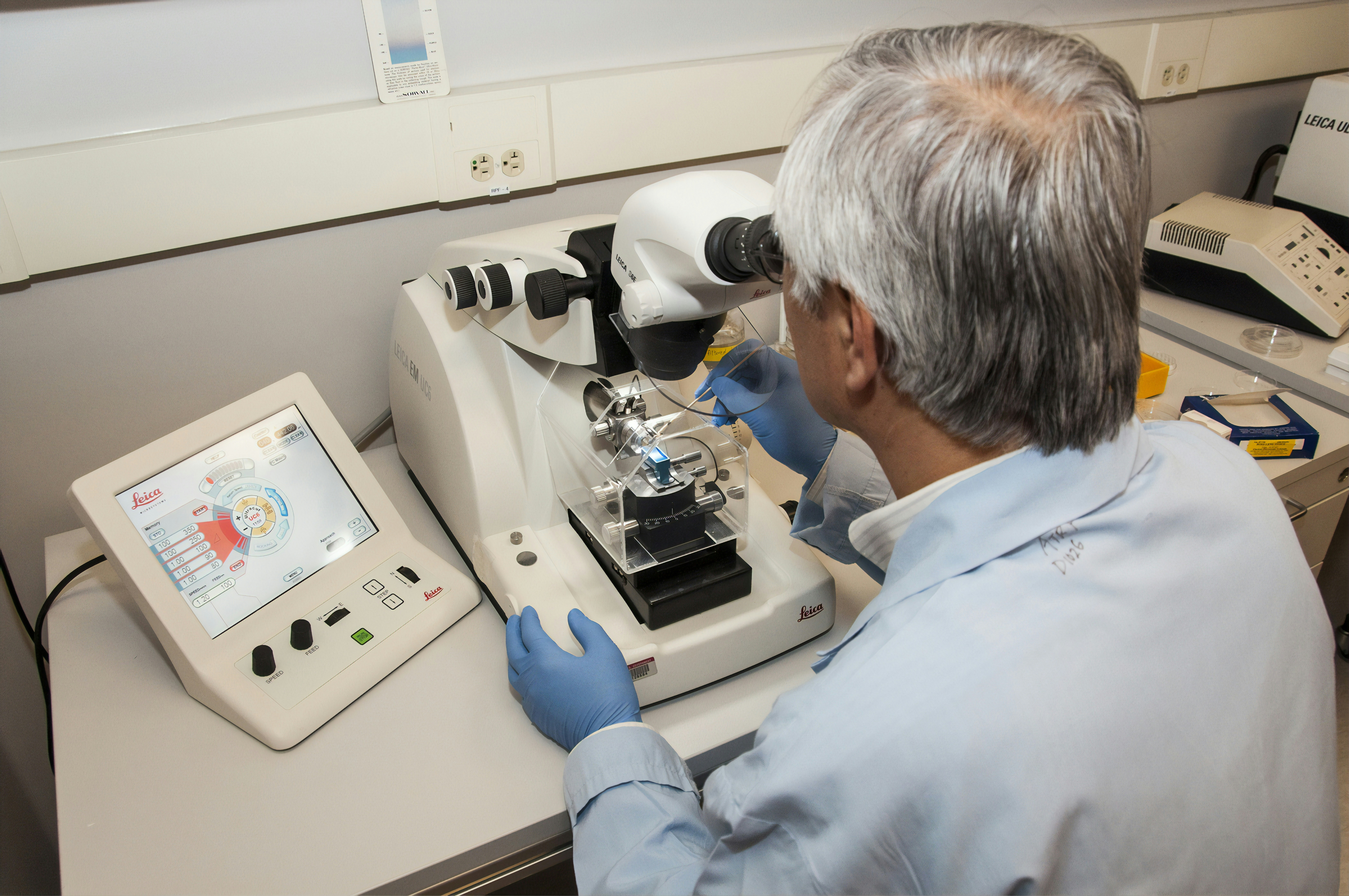Introduction to Bacterial Gene Domain Analysis
Bacterial gene domain analysis is a vital aspect of molecular biology that involves examining the functional units within genes, known as gene domains. These domains play crucial roles in determining the function, evolution, and diversity of bacterial species. Understanding gene domains is essential for deciphering how bacteria interact with their environments and each other, ultimately impacting their physiology and pathogenic potential.
Each gene can consist of multiple domains, which can independently evolve and confer specific functions. For instance, gene domains may encode metabolic pathways, resistance mechanisms, or protein-protein interaction sites. By analyzing these domains, researchers can gain insights into how bacteria adapt to various ecological niches, respond to environmental changes, and develop resistance to antibiotics. This understanding is central to advancements in biotechnology, medicine, and environmental science, as it can inform strategies to combat bacterial infections and improve bioremediation processes.
The significance of bacterial gene domain analysis extends into the realm of pathogenicity. Many bacterial infections arise from the actions of specific gene products, and understanding the domains involved can elucidate the mechanisms of disease. Characterizing these domains can help identify potential targets for therapeutic intervention and lead to the development of novel antimicrobial strategies.
Tools such as TBtool have been developed to streamline the analysis of bacterial gene domains. TBtool facilitates the exploration and visualization of gene structures and their respective domains, allowing researchers to access and interpret vast amounts of genomic data efficiently. By employing TBtool, scientists can conduct comparative analyses across species, identify conserved domains, and predict the functional implications of certain genes. This capability enhances our understanding of bacterial systems and contributes to the broader field of microbiology.
Overview of TBtool: Features and Capabilities
TBtool is a versatile software tool specifically designed to facilitate bacterial gene domain analysis. It stands out for its user-friendly interface, which allows researchers, even those with limited computational experience, to easily navigate its functionalities. The software is developed to streamline the complex process of analyzing bacterial genomes, thereby making significant contributions to the fields of microbiology and genomics.
One of TBtool’s primary features is its comprehensive gene prediction capability. This functionality utilizes advanced algorithms to accurately identify genes within bacterial sequences, aiding researchers in the preliminary steps of their investigations. Furthermore, TBtool supports gene annotation, allowing users to assign functional information to identified genes. This feature enhances understanding of gene roles, which is crucial for further analysis in genomic studies.
Comparative analysis is another key functionality offered by TBtool. Researchers can utilize this feature to compare gene domains across multiple bacterial strains, revealing evolutionary relationships and functional similarities. This comparative approach assists in identifying conserved domains that could signify essential biological roles in different organisms.
TBtool’s integration with various databases enhances its applicability. By connecting with established genomic databases, the software allows users to p a cific gene information and comparative data, thus enriching the analysis process. This capability is significant in streamlining workflows, as researchers can conduct comprehensive analyses without the need for multiple tools.
In summary, TBtool provides an all-in-one solution for bacterial gene domain analysis, combining ease of use with powerful functionalities. Its potential for integration into existing research frameworks makes it an invaluable resource for scientists aiming to deepen their understanding of bacterial genomes.
Using Ensemble Bacteria for Genetic Insights
The Ensemble Bacteria database serves as a comprehensive resource for genetic information pertaining to an array of bacterial species, making it an invaluable asset for researchers engaged in gene domain analysis. This platform provides access to extensive genomic data, enabling users to explore genetic variations within and across different bacterial taxa. By utilizing the Ensemble Bacteria database in conjunction with TBtool, researchers can significantly enhance their analytical capabilities and gain deeper insights into the genetic underpinnings of bacterial function and evolution.
To begin utilizing the Ensemble Bacteria database, researchers can easily access it online, where an intuitive interface allows for efficient navigation through its vast collection of genetic data. The platform organizes information by specific bacterial species,Gene identification, and relevant genomic features. Users can search for genes, pathways, and variants, providing a tailored approach to their query. Furthermore, the database includes alignment tools and phylogenetic analysis options to facilitate comparative studies, offering a broader context to the genetic information being analyzed.
Genetic variations can be meticulously explored through the database, allowing researchers to identify single nucleotide polymorphisms (SNPs) and other mutations that may influence gene function. This analysis can reveal evolutionary patterns among bacterial populations and contribute to understanding ecological adaptation mechanisms. Moreover, by employing comparative genomics, researchers can juxtapose different bacterial genomes to identify conserved and divergence regions, enhancing the knowledge of gene function and evolutionary history.
All these features position the Ensemble Bacteria database as a powerful tool in the realm of bacterial genomic analysis. When used alongside TBtool, researchers can conduct thorough gene domain analyses, ultimately leading to significant advancements in understanding bacterial genetics and enhancing applications in various fields, including medicine, microbiology, and environmental science. The combination of these tools offers a more nuanced approach to analyzing complex genetic landscapes and fosters multidisciplinary research collaborations.
Case Studies and Applications in Bacterial Research
Bacterial gene domain analysis has yielded significant insights in various research domains, particularly through the use of tools like TBtool and Ensemble Bacteria. A prominent study focusing on antibiotic resistance demonstrated the efficacy of these tools in identifying resistance genes in Mycobacterium tuberculosis. Researchers utilized TBtool to analyze gene sequences, which enabled them to pinpoint specific mutations that confer resistance to multiple antibiotics. This finding has implications for developing more effective treatment protocols and understanding the mechanisms underlying drug resistance.
Another noteworthy application is in the exploration of metabolic pathways of pathogenic bacteria. By employing Ensemble Bacteria, scientists conducted an extensive analysis of the metabolic capabilities of Escherichia coli strains associated with foodborne illnesses. This investigation unveiled previously uncharacterized metabolic traits that could contribute to the bacterium’s virulence and adaptability in diverse environments. The findings from this study not only enhanced the understanding of bacterial metabolism but also offered potential targets for novel antimicrobial strategies.
Furthermore, research on host-pathogen interactions has benefited substantially from bacterial gene domain analysis. A case study involving Streptococcus pneumoniae examined how specific gene domains facilitate adherence and invasion of host tissues. Utilizing the features provided by TBtool, researchers corroborated the association between gene expression profiles and pathogenicity, establishing a clear link that could inform vaccine development and therapeutic interventions.
Through these case studies, it is evident that bacterial gene domain analysis is an essential component of contemporary microbiology research. The insights gained from studies employing TBtool and Ensemble Bacteria not only advance our comprehension of bacterial behavior and evolution but also pave the way for groundbreaking applications in biotechnology, medical research, and public health initiatives. These tools are instrumental in addressing pressing challenges such as antibiotic resistance and pathogen virulence, thus highlighting their relevance in life sciences.



